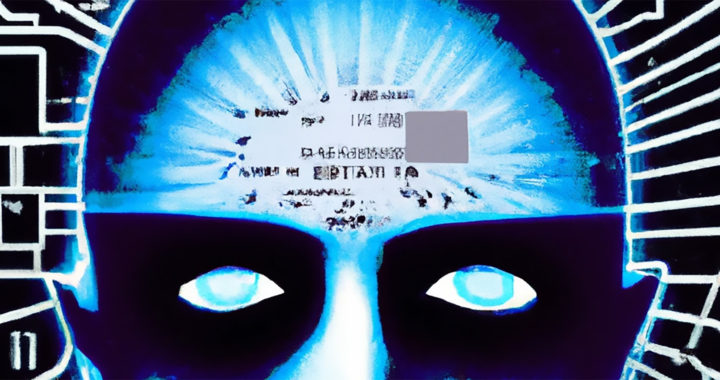Artificial intelligence is intelligence demonstrated by machines. It is both a field of discipline and a technological concept concerned with equipping computer systems with capabilities to perform tasks or produce outputs that usually require human intelligence.
There are different manners in which a particular computer can demonstrate artificial intelligence. Each is a product of the applications of specific AI subfields. Examples include machine learning, natural language processing, and computer vision.
A Quick Guide to the Different Subfields of Artificial Intelligence
Note that these subfields of AI also correspond to some of its main goals. Each subfield tackles a particular problem related to AI implementation or demonstrates specific capabilities that showcase human-like intelligence. Take note of the following:
1. Machine Learning: One of the more popular subfields of AI is machine learning. It applies concepts and principles in statistics and data science to enable machines to learn from data, improve their performance, and make predictions or produce outputs without being explicitly programmed.
Deep learning is a subset of machine learning which involves using artificial neural networks to process large data sets and learn or recognize patterns in the data and produce more accurate predictions or relevant outcomes.
2. Natural Language Processing: Equipping machines or computer systems with human-like capabilities to understand, interpret, and even produce spoken words and written text falls under the domain of natural language processing or NLP.
This subfield of artificial intelligence is about human-computer interaction using natural language. Some of its notable and practical applications include language translation, text and speech recognition and conversion, chatbots and intelligent virtual assistants, and writing tools or assistants, among others.
3. Computer Vision: Another subfield of AI is concerned with enabling computers to recognize, understand, and interpret visual information from the world. This is called computer vision and it also falls under the greater concept of machine perception together with speech or audio recognition.
Image recognition applications such as face detection used in biometrics are one of its common applications. Other applications include computational photography, automated graphics and photo editing, and augmented reality, among others.
4. Robotics: The subfield of robotics draws advances from the different principles and practices from various disciplines such as computer science, the different fields of engineering, mathematics, physics, and biology.
It involves the design, development, and operation of machines that can move in the physical world using reason and machine perception. The goal is to create machines or robots that can replicate human movements or other biological movements for the greater purpose of assisting or aiding human needs.
5. Planning and Scheduling: The development and deployment of algorithms that enable computer systems to plan and schedule tasks and activities fall under the subfield of automated planning and scheduling. This is also called AI planning and has been applied in business operations and specific manufacturing requirements.
Examples of algorithms used include classical planning, reduction, temporal planning, probabilistic planning, preference-based planning, and conditional planning. A particular AI planning model can use more than one algorithm.
6. Knowledge Representation and Reasoning: Another subfield of AI is dedicated to representing knowledge in a machine-readable format and using such to produce reason. This is called knowledge representation and reasoning or KRR.
The applications of KRR include computer simulation for different more specific applications such as climate modeling or predictive policing. It is also used in diagnosing a medical condition. Certain NLP applications such as advanced chatbots and generative AI also use principles from knowledge representation and reasoning.
7. Expert Systems: An expert system is a computer program that uses artificial intelligence to simulate the decision-making capabilities of a human expert or a team of human experts. A particular system is developed and deployed in consideration of its specific expertise in a specific field or discipline.
Note that expert systems are intended to complement human experts. Their current use cannot replace humans. However, considering future AI developments, it is possible that some situations might depend on the sole judgment of an expert system.
Remember that the aforementioned subfields of artificial intelligence also correspond to the different AI areas or branches and AI goals. It is also important to highlight the fact that these subfields are often interconnected. These subfields can form the foundation of modern AI applications and even artificial general intelligence.
An advanced chatbot draws principles from natural language processing that is based on a large language model. This particular language model has been trained in large datasets using a particular deep learning algorithm.
Smartphones best demonstrate the different applications of the different subfields of AI. A more specific example is its camera system which has image recognition capabilities using computer vision and can even recognize hard-written texts and convert them into an editable format for transcription and language translation.





